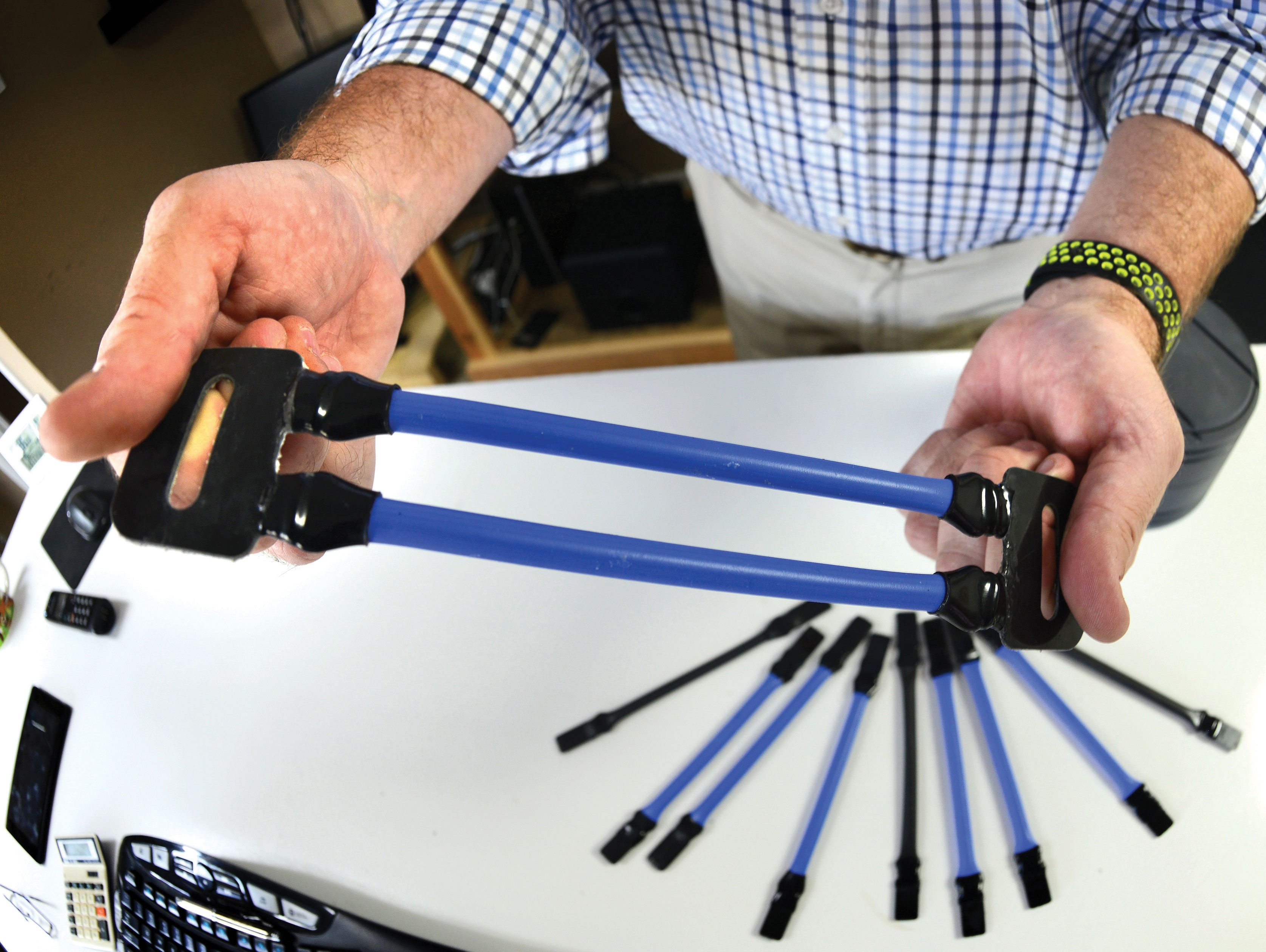
By Mr. Troy Carter
In 2005, Russ Hubbard went through boot camp like everyone in the Army, and he saw fresh-faced recruits overheat even while they chugged canteens of water and bawled: “Beat the heat, drill sergeant, beat the heat.”
After several overseas deployments, Hubbard left the Army in 2012, transitioned back to civilian life in Kingsport, Tennessee, and founded Per Vivo Labs Inc. to address some of the problems plaguing Soldiers.
The startup’s first product was called Polar Skin Ice Sheets, a highly portable lifesaving solution for on-site treatment of heat injuries. The company’s first customer was the U.S. Army Cadet Command.
After the success of the ice sheets, Hubbard began exploring new mission-focused technologies for the U.S. military. And for that, he began looking within the DOD lab system, assisted by TechLink. “We’re expanding,” Hubbard said recently, “and TechLink has been helping us access the technology to do so.”
Two technologies identified by TechLink caught his attention. The first was rate-actuated tethers, which contain a shear-thickening fluid first explored by the Army for body armor applications. Shear-thickening materials stiffen when exposed to high strain. The original ballistic application involved aramid fibers in a shear-thickening fluid pouch. It was envisioned that at low rates (walking or running), the armor would be flexible. When impacted by a bullet, the armor would stiffen at the point of impact and provide increased ballistic protection. The tethers exhibit the same behavior: Pull slowly and the tethers stretch. Pull quickly and the tethers resist. Hubbard envisioned physical therapy applications, such as braces and resistance bands.
The second technology was a Navy-developed training device for bomb-sniffing dogs. The mixed odor delivery device (MODD) enables safer, more effective K-9 training on homemade explosives without actually blending oxidizers and fuels.
Developing those products meant licensing patented DOD technology. While the rate-actuated tethers are still being developed, Hubbard began selling the MODD in October 2017, under the trademark Odor Trace, to military and law enforcement customers.
Per Vivo Labs is just one example of how the well-orchestrated transfer of DOD technology can reap benefits for industry and the economy. The same DOD technology can benefit multiple businesses simultaneously. As an example, Per Vivo Labs is now partnering with other small businesses to develop the rate-actuated tethers for applications including chin straps and ankle braces.
This article is published in the January – March 2018 issue of Army AL&T magazine.
Subscribe to Army AL&T News, the premier online news source for the Acquisition, Logistics, and Technology (AL&T) Workforce.








